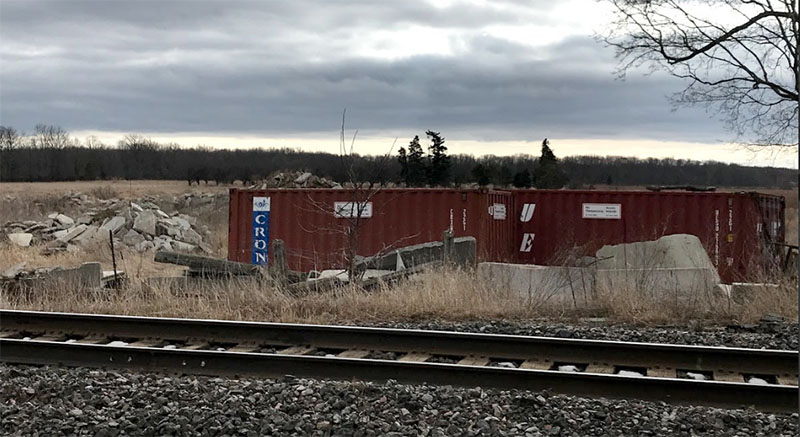
CFB Trenton owns the 230 acres that once belonged to Frank Meyers. 12 years later, after the expropriation of the Meyers farm, the Liberal government has decided they are no longer moving forward with the JTF2 project. Photo by Lindsey Harren, QNet News .
By Sarah Cooke [1]
TRENTON – The Liberal government announced on Monday that it is no longer moving the Joint Task Force 2 base from Ottawa to CFB Trenton.
Joint Task Force 2 [2] is a special operations force of the Canadian Armed Forces and it operates alongside other special ops forces within the military. JTF2 primarily works in counter-terrorism.
The cancellation comes after 12 years of planning, millions of dollars spent and expropriating land from civilians in the surrounding area for the construction.
Frank Meyers was among those whose land was expropriated. His fight to keep his land made national headlines [3].
“In the changing global security environment, we remain focused on making sure that the Canadian special forces are equipped to deal with these challenges,” Mr. Sajjan said in an e-mailed statement to the Canadian Press on Monday.
“I want to assure those who are serving with JTF2 and their families that we have no plans to move this facility out of Ottawa.”
Meyers farm was demolished in 2014 after a lengthy battle to keep the land that had been in his family for 220 years.
QNet spoke with Albert Horne, who continues to run the Facebook page Save Frank & Marjorie Meyers Farm. [4]
Horne came to be involved with Meyers after a friend added him to the Facebook group.
“I’m actually glad that Frank passed away because if he hadn’t passed away when he did, just before Christmas, this would have killed him,” Horne said.
Meyers died on Sept. 15, 2019.
Defence minister Sajjan has not provided a reason for the government cancelling the move from Dwyer Hill in Ottawa.
Postmedia reported last year that the estimated cost of the new base had essentially tripled in cost from the original $364 million to $1.2 billon dollars.